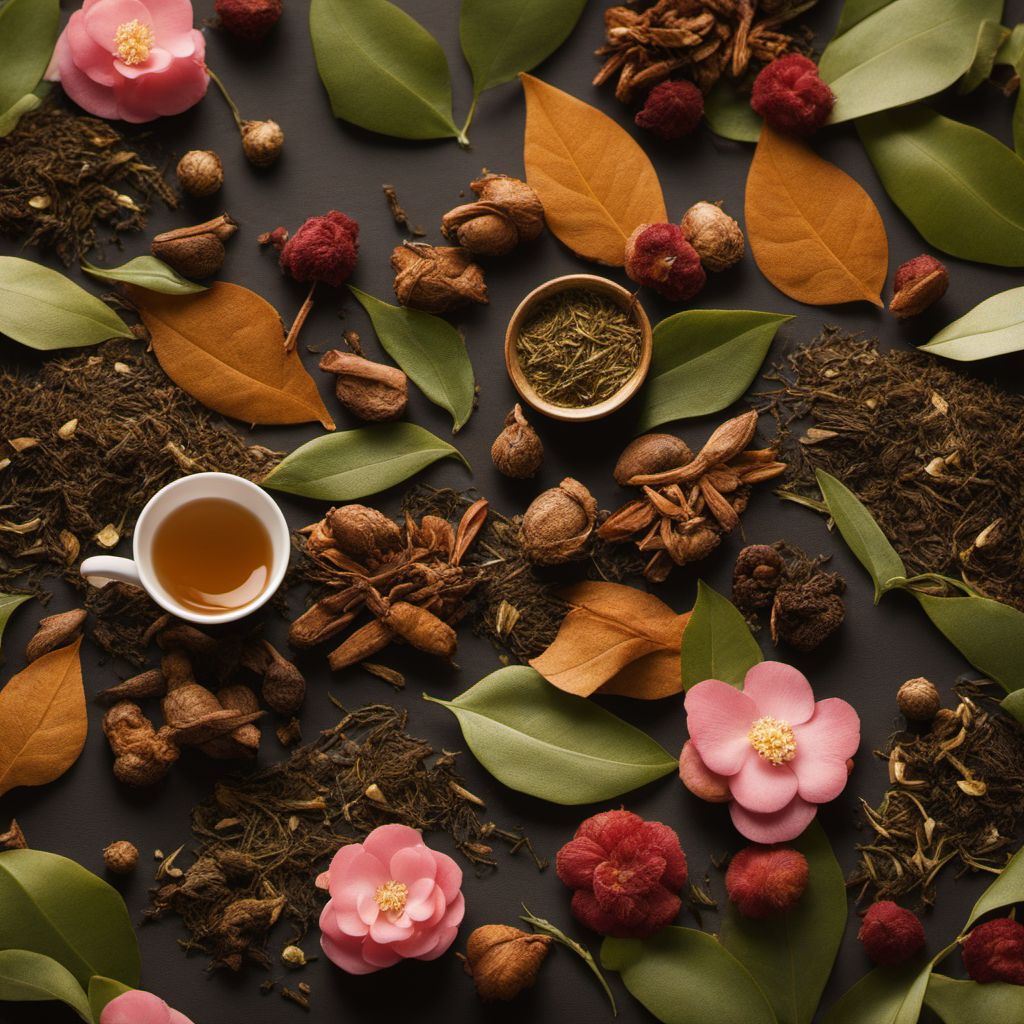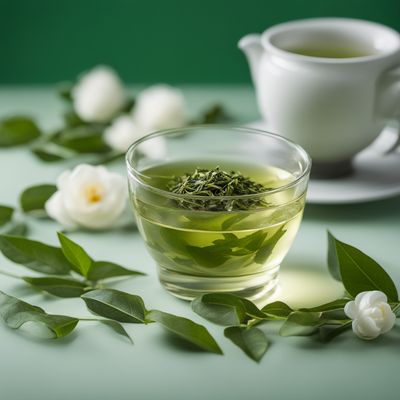
Ingredient
Teas leaves, dry and/or fermented, and similar
The Art of Tea
Tea leaves come in various forms, including green, black, oolong, and white, each with its own unique characteristics. They offer a range of flavors, from grassy and vegetal to floral and robust, and can be enjoyed hot or cold. With their rich history and versatility, tea leaves continue to be a beloved ingredient in beverages, desserts, and even savory dishes.
Origins and history
Tea leaves originated in ancient China and have been cultivated for over 5,000 years. They played a significant role in Chinese culture and were later introduced to other parts of Asia and the world. Today, tea is enjoyed globally and has become an integral part of many traditions and ceremonies.
Nutritional information
Tea leaves are a natural source of antioxidants and contain beneficial compounds like catechins and polyphenols. They are also low in calories and can be a great alternative to sugary beverages.
Allergens
May contain traces of caffeine.
How to select
When selecting tea leaves, look for whole leaves or large leaf fragments, as they tend to offer better quality and flavor. Avoid leaves that appear dull or have a musty smell. Opt for loose-leaf tea or tea bags made from high-quality leaves.
Storage recommendations
To maintain the freshness of tea leaves, store them in an airtight container away from light, heat, and moisture. Avoid storing them near strong-smelling substances as tea leaves can absorb odors easily.
How to produce
Tea leaves can be grown in your own backyard or in pots, provided they have access to sunlight and well-drained soil. Regular pruning and proper care will ensure healthy growth and abundant leaves for harvesting.
Preparation tips
To brew tea, steep the leaves in hot water for the recommended time according to the type of tea. Experiment with different steeping times and water temperatures to achieve your desired flavor. Tea leaves can also be used in cooking, baking, or infused into syrups and sauces for added depth of flavor.
Substitutions
Green tea leaves, white tea leaves, herbal infusions.
Culinary uses
Tea leaves are commonly used to make various types of tea, including green tea, black tea, oolong tea, and herbal infusions. They are also used in cooking, baking, and as a flavoring agent in desserts, ice creams, and cocktails.
Availability
Commonly available worldwide.

